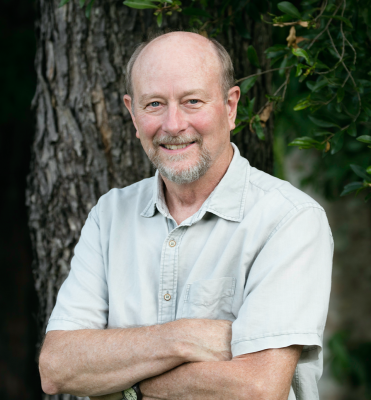The account of the last 15 months of Noosa Council politics, Inclusion and Balance, by one-term, ex-councillor Jackson needs a response that puts this important time for the new council in a truer perspective. Rather than asserting leadership, the new mayor has taken many months to understand that, as just one voice out of the seven councillors, she needs to be a team player that listens to the community as well as the team. This was very important in the early Covid times. Once elected Deputy Mayor, Cr Wilkie offered his whole-hearted support to the inexperienced Cr Stewart and the other newbies, who relied on his extensive knowledge, and that of Crs Jurisevic and Stockwell, to get up to speed on the procedures and protocols necessary to understand the processes of local government, and contribute meaningfully to the running of meetings and the making of decisions on complex issues that came before council. All this time, chief executive officer Brett de Chastel was at the meeting table advising and guiding councillors who were on the steepest of learning curves. Far from being yesterday’s men, the incumbents and the chief executive officer held the show together for the first several months.
It would be difficult to imagine a worse time for the formation of a new council than April 2020, with the Covid lockdown in full swing, an affordable housing and rental crisis brewing, the closing of state and international borders greatly affecting tourism, and a Short-Term Letting avalanche only months away. Add issues such as hinterland quarry trucks and flight path problems and you get the picture of the concerns facing this new council. As well, an inherited Noosa River Plan and the Oyster Reef Project were two items that called for compromise and a plan for a way forward.
Not long after taking office, Crs Stewart and Lorentson voted to reject the New Noosa Plan, the basis of shire planning decisions and the document that ensures Noosa protects its built and natural environment. However, at subsequent council meetings, there has been a willingness to embrace the proud Noosa traditions of ethical governance and the environmental ethos that has seen Noosa develop and grow into one of the most desirable places in Australia to live and visit. While decisions have been arrived at with plenty of informed debate, the ability of Crs Lorentson and Wegener to pivot on decisions after listening to the community has been exemplary, even a game-changer. Cr Wegener recognised the environmental problems with the North Shore Wave Pool, and Cr Lorentson listened to community outrage on the Myall St character building demolition proposal. Lorentson also sincerely apologised to the community after alluding to fraud and corruption in community environment groups.
New councillors soon realised residents wanted more of the same when it came to conservation of the built and natural environments. This was evident when the Noosa Biosphere Reserve and its managing Foundation, one of ex-councillor Jackson’s greatest concerns, had new life breathed into it so that The Biosphere now has a future hopefully free from political acrimony.
More recently, councillors have postponed making several crucial decisions. When the Coastal Hazards Adaptation Plan came before council, instead of debating and voting on the staff report, the submission date was delayed for seven months, citing wider consultation. It’s obvious that such a small shire could not foot the bill for coastal repair work to a standard that would protect property, and it’s also obvious that council has no power to alter insurance premiums, or that somehow new maps will solve this huge problem, despite additional community meetings. The Kin Kin quarry truck issue, a legacy problem for the new council, has seen residents given hope for a better outcome by alluding to a potential legal solution, and fines for breaches by the quarry transport vehicles. Meanwhile the trucks keep rolling. Likewise, the STL dilemma has been put on the back burner while consultants are hired to assess the causes and extent of the very obvious housing crisis in the shire.
While much of Jackson’s one term in council was marred by disharmony, the baton of her advocacy for more transparency and community consultation, that she handed on to the new council, has not been taken up to its full extent. For instance, when event crowd numbers were due to be altered after what was considered to be the worst of the pandemic, the staff report recommended no changes to event crowd limits and community consultation. Councillors rejected this advice and voted the numbers be subject to state regulations, and rejected the consultation. Also, when new five-year Tourism Noosa funding arrangements came before council, the notion that residents might have a say on this important budget item was rejected unanimously.
While there are differences of opinion, as you would expect, this is a group of councillors who get on well, are more often cohesive than not, and who exude good will. The mayor and new councillors, along with the returning councillors, have put aside differences to make a significant contribution to the council’s efficiency and engage in civilised, informed debate. There appears to be a desire to achieve common good and put betterment of the shire put ahead of personal aggrandisement. This is no mean feat.







